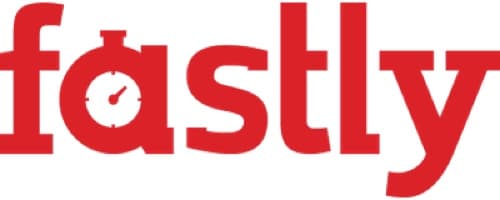Unlock Faster Cross-Border Payments
Track Your SWIFT Payment

Steps to Track Your SWIFT Payment
1. Ask your bank for a payment confirmation, MT103 preferrably.
2. Find UETR, Reference #, amount, currency and value date as per scheme below.
3. Check the SWIFT status in our one and only independent SWIFT tracker.

How To Get MT103.
The MT103 form contains all the data regarding your SWIFT transfer. The sender can ask their bank to provide one. You can find not only the reference #, which is useful for tracking, but also the value date, which is sometimes different from the actual date when you sent the money.
Correspondent Banks







